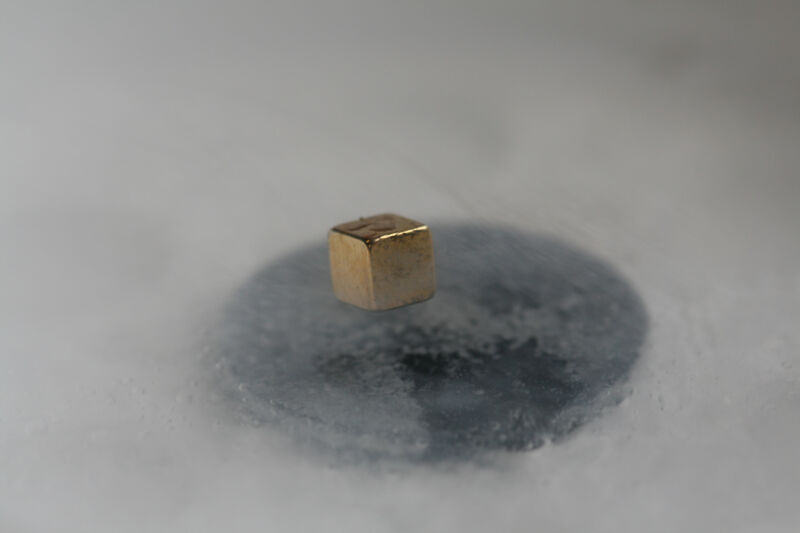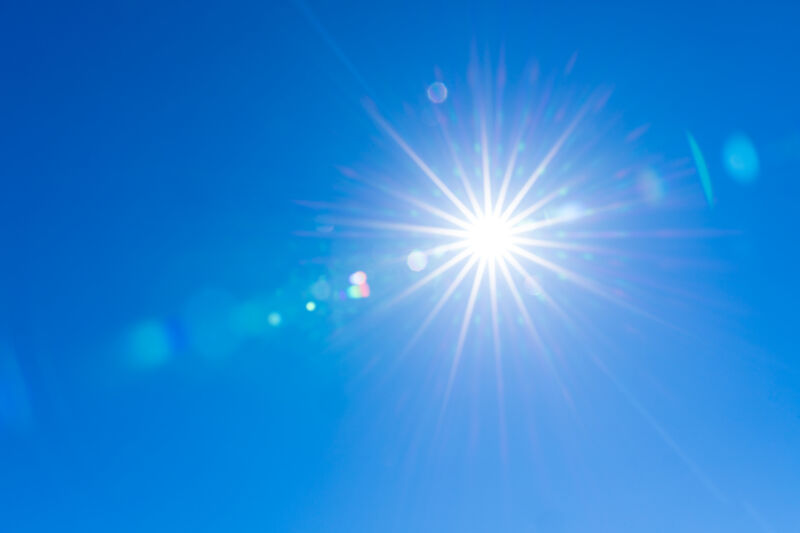-
 chevron_right
chevron_right
This is how we could possibly build paved roads on the Moon
news.movim.eu / ArsTechnica · Friday, 27 October, 2023 - 23:38

Enlarge (credit: Master/Getty )
The Moon is slated to be our next frontier. When Artemis 3 takes off (tentatively) near the end of 2025, it will be the first mission since the Apollo era to land humans on our satellite. By then, there might be a new way to get around on the Moon’s gray dust, which could at least mitigate damage from sharp particles of lunar regolith.
An international team of researchers with the ESA PAVER project has figured out a way to melt Moondust—or at least an ESA-developed stimulant for it—with lasers. The researchers fired laser beams at lunar soil to create interlocking pavers that could be used to construct paved roads and landing pads. The hardened molten regolith is tough enough to withstand the weight of rovers and other spacecraft with minimal dust kickup, and it could all be made right there on the Moon.
“This technology is envisioned to play a major role in the first phase (survivability) of lunar infrastructure and base development, and over time to contribute to all phases of lunar exploration,” the researchers said in a study recently published in Scientific Reports .







